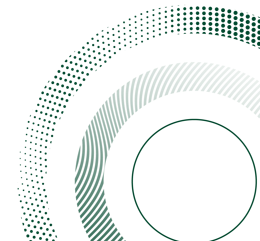Locating particles accurately in microscope images requires image-processing kernels to be rotationally symmetric
Computerized image-analysis routines deployed widely to locate and track the positions of particles in microscope images include several steps where images are convolved with kernels to remove noise. In many common implementations, some kernels are rotationally asymmetric. Here we show that the use of these asymmetric kernels creates significant artifacts, distorting apparent particle positions in a way that gives the artificial appearance of orientational crystalline order, even in such fully-disordered isotropic systems as simple fluids of hard-sphere-like colloids. We rectify this problem by replacing all asymmetric kernels with rotationally-symmetric kernels, which does not impact code performance. We show that these corrected codes locate particle positions properly, restoring measured isotropy to colloidal fluids. We also investigate rapidly-formed colloidal sediments, and with the corrected codes show that these sediments, often thought to be amorphous, may exhibit strong orientational correlations among bonds between neighboring colloidal particles. (C) 2013 Optical Society of America
Last Updated Date : 14/01/2015



